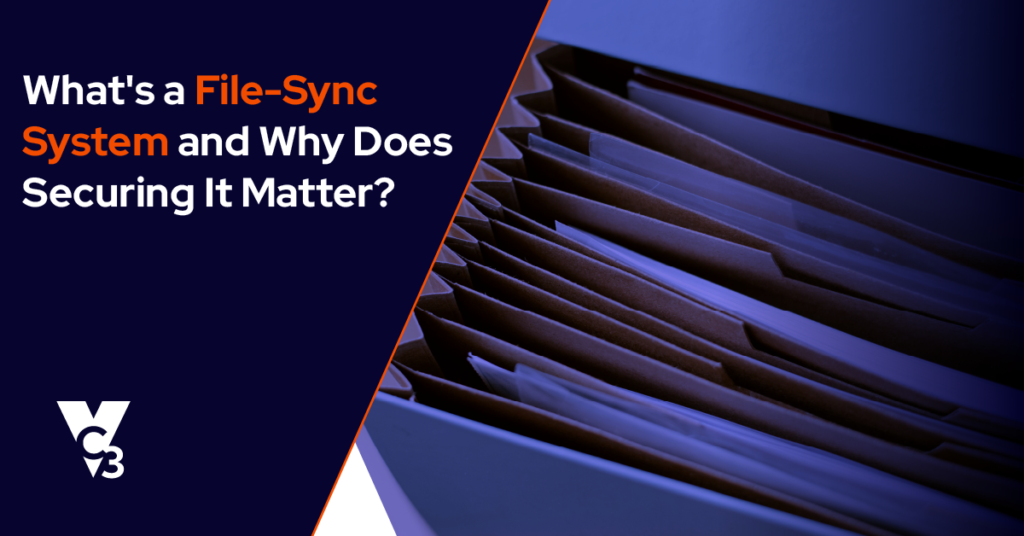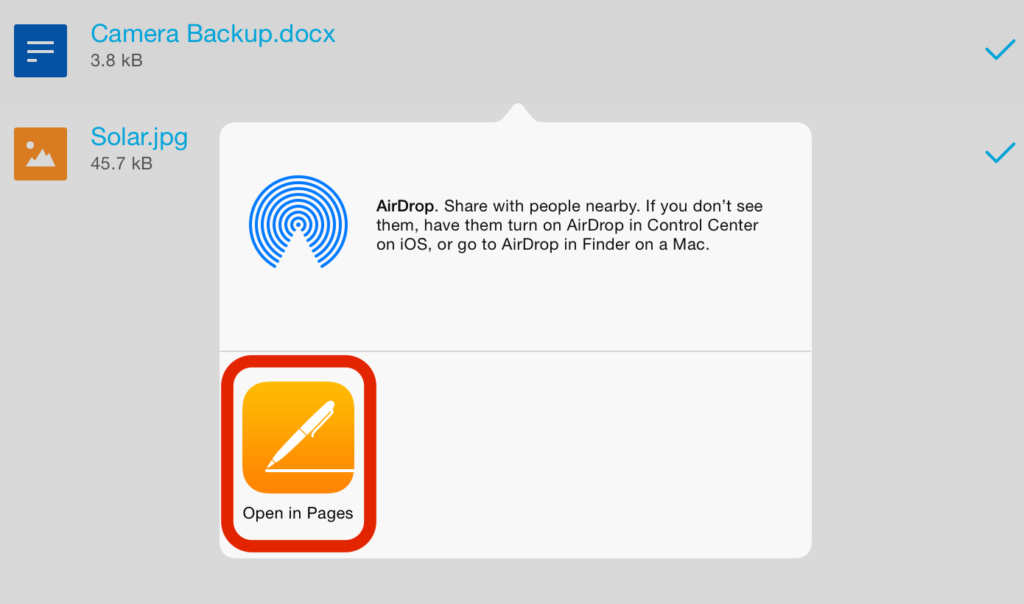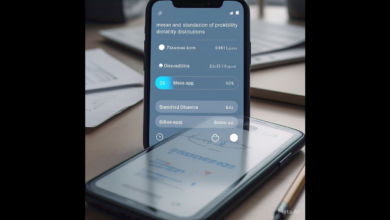Where Does Dsync App Put Files in Process? A Complete Guide to Understanding Its Functionality

If you’ve ever wondered where does Dsync app put files in process, you’re not alone. Many users of the Dsync app find themselves questioning where their files are stored during synchronization. This app is popular for syncing files between devices, but understanding its storage locations can be a bit tricky.
In this guide, we will explain everything you need to know about where does Dsync app put files in process and how it handles file storage. By the end of this article, you’ll have a clear picture of what happens to your files while they’re being synchronized and how you can easily manage them.
Where Does Dsync App Put Files in Process? A Simple Breakdown
The Dsync app is a popular tool used to sync files between devices and servers. But many users are curious about where does Dsync app put files in process when syncing. Understanding the storage and management of files during this process is essential for better file handling and avoiding confusion.
When the Dsync app is syncing files, it temporarily stores them in a specific location. This location is usually hidden from the user to make the process smoother. It helps to manage syncing without interrupting the user experience. Most of the time, these files are stored in a temporary folder on your device until the sync is complete.
During this time, it’s important to know that these temporary files are not lost. Once syncing is finished, the app usually moves them to their final destination. This could be a cloud storage folder, another device, or a server. The app works in the background, keeping your files safe until everything is synchronized properly.
How Dsync App Handles File Storage During Synchronization
Dsync app uses a unique system to store files while syncing. It ensures your files are safely moved between devices or cloud storage locations. But understanding how does Dsync app handle files in process can be tricky. Here’s a simple breakdown of the steps.
Temporary Storage Before Final Destination
- Files are first placed in a temporary storage folder: This is where the Dsync app holds the files until they are completely synchronized.
- The temporary folder is hidden: Users don’t have to worry about the location because it’s designed to work automatically.
Final Destination of Synced Files
- Cloud storage: After syncing, the app moves files to cloud storage like Google Drive or Dropbox.
- Another device or server: Dsync also supports syncing files between different devices, ensuring files reach the correct place.
Common Issues with Dsync File Storage and How to Fix Them
Sometimes, users run into problems when syncing files with the Dsync app. These issues often relate to where does Dsync app put files in process, especially when files are temporarily stored. Let’s look at the most common problems and how to fix them.
One common issue is when files get stuck in the temporary folder. This can happen due to poor network connection, app errors, or corrupted files. If your files are not moving to the final destination, it’s important to check the app settings and network connection. Sometimes, simply restarting the app can help.
Another problem is when the app fails to sync all files. This could be caused by incorrect storage paths or outdated app versions. Make sure you are using the latest version of Dsync and have set up the correct storage locations. If necessary, clear the temporary folder to avoid conflicts.
Quick Fixes for Dsync File Storage Issues:
- Restart the Dsync app to fix syncing problems.
- Check your network connection for interruptions.
- Ensure your storage locations are set correctly in the app.
How Secure Is the Storage of Files in Dsync App’s Sync Process

Security is a major concern for many users when syncing files using the Dsync app. Where does Dsync app put files in process while syncing is important for security, especially when handling sensitive data. Let’s dive into how secure Dsync’s file storage process is.
The temporary storage used by the app during syncing is encrypted. This means that even if someone tries to access the files during syncing, they won’t be able to read or use them. The files are only accessible to authorized users with the correct permissions, adding an extra layer of protection.
Dsync also ensures that files are transferred securely to their final destination. Whether syncing to cloud storage or another device, it uses secure protocols to prevent unauthorized access.
Security Features in Dsync’s File Syncing Process:
- Encrypted temporary storage: Keeps your files safe during the syncing process.
- Secure transfer protocols: Ensures data is protected when moving between devices or cloud storage.
How to Find Your Files Stored by Dsync App During Sync Process
If you’re wondering where does Dsync app put files in process, you may also want to know how to find those files. It’s easy to locate the temporary storage folder used by Dsync and track your files during synchronization.
Steps to Find Temporary Files:
- Check your device’s hidden folder: Dsync stores temporary files in a hidden system folder. You can access it through your file manager by enabling hidden files.
- Look in the sync folder after completion: Once the sync is finished, your files will appear in the destination folder, like your cloud storage or another device.
By knowing where to look, you can track your files and make sure they’re synced properly.
How to Find Your Synced Files Easily:
- Enable “show hidden files” in your file manager.
- Visit the sync folder or destination storage to check the files after syncing.
Why Is It Important to Know Where Dsync App Puts Files in Process
Understanding where does Dsync app put files in process is important for a couple of reasons. First, it helps you keep track of your files during syncing. Sometimes, you might want to know the status of your files or check if everything is synced properly. If you don’t know where the files are temporarily stored, it can lead to confusion and possible delays.
Secondly, knowing the process helps you manage your storage space more effectively. For example, if you have limited storage on your device, it’s important to know where Dsync is saving temporary files. By understanding the syncing process, you can ensure that your device or cloud storage doesn’t run out of space unexpectedly.
Lastly, by knowing where does Dsync app put files in process, you can also safeguard against potential data loss. If something goes wrong during the sync, you’ll know where the temporary files are located and can recover them more easily. This awareness adds a level of control over the process and makes it less stressful to manage your files.
Can You Customize Where Dsync App Stores Files During Syncing

One feature that many users don’t realize is that you can customize where Dsync stores files during the syncing process. Whether you want to change the temporary storage location or specify a final destination, Dsync allows you to make adjustments to suit your needs.
Customizing Temporary Storage Location:
- Choose a specific folder on your device: You can select a folder where Dsync will temporarily store your files before syncing them to their final destination. This can help with organizing your files and avoiding clutter.
- Set cloud storage as a default: If you prefer syncing directly to cloud storage, you can set your cloud storage account as the main destination. This minimizes the need for local storage space and streamlines the syncing process.
Customizing Final Destination:
- Sync directly to another device: If you’re syncing files between devices, Dsync allows you to specify the final destination, such as a specific device or folder.
- Control syncing to multiple destinations: For advanced users, Dsync supports syncing files to multiple destinations at the same time. You can send files to different devices or cloud storage locations without worrying about where the files are temporarily stored.
Conclusion
knowing where does Dsync app put files in process helps you better understand how the app works and where your files are stored. Whether it’s temporary storage or the final destination, understanding this process can make your experience smoother and more organized. Now you can sync your files without worrying about where they are at each stage.
By following the tips and suggestions in this article, you can also avoid common syncing issues and ensure that your files are safe and secure. With Dsync, syncing becomes a lot easier and less stressful once you know how to manage it properly. Keep exploring and enjoy seamless file syncing,
FAQs
Q: Where does Dsync app store files during sync?
A: During syncing, Dsync stores files in a temporary folder on your device before moving them to the final destination, like cloud storage or another device.
Q: Can I change where Dsync puts my files?
A: Yes, you can customize both the temporary storage location and the final destination by adjusting the settings in the app.
Q: How do I fix files stuck in the syncing process?
A: If files are stuck, try restarting the app or checking your internet connection. Make sure you have enough storage space too.
Q: Is Dsync secure for syncing important files?
A: Yes, Dsync uses encryption and secure transfer protocols to protect your files during the sync process.
Q: Why are my files not appearing in the destination folder?
A: Check the folder settings in the app to ensure files are being synced to the correct location.




